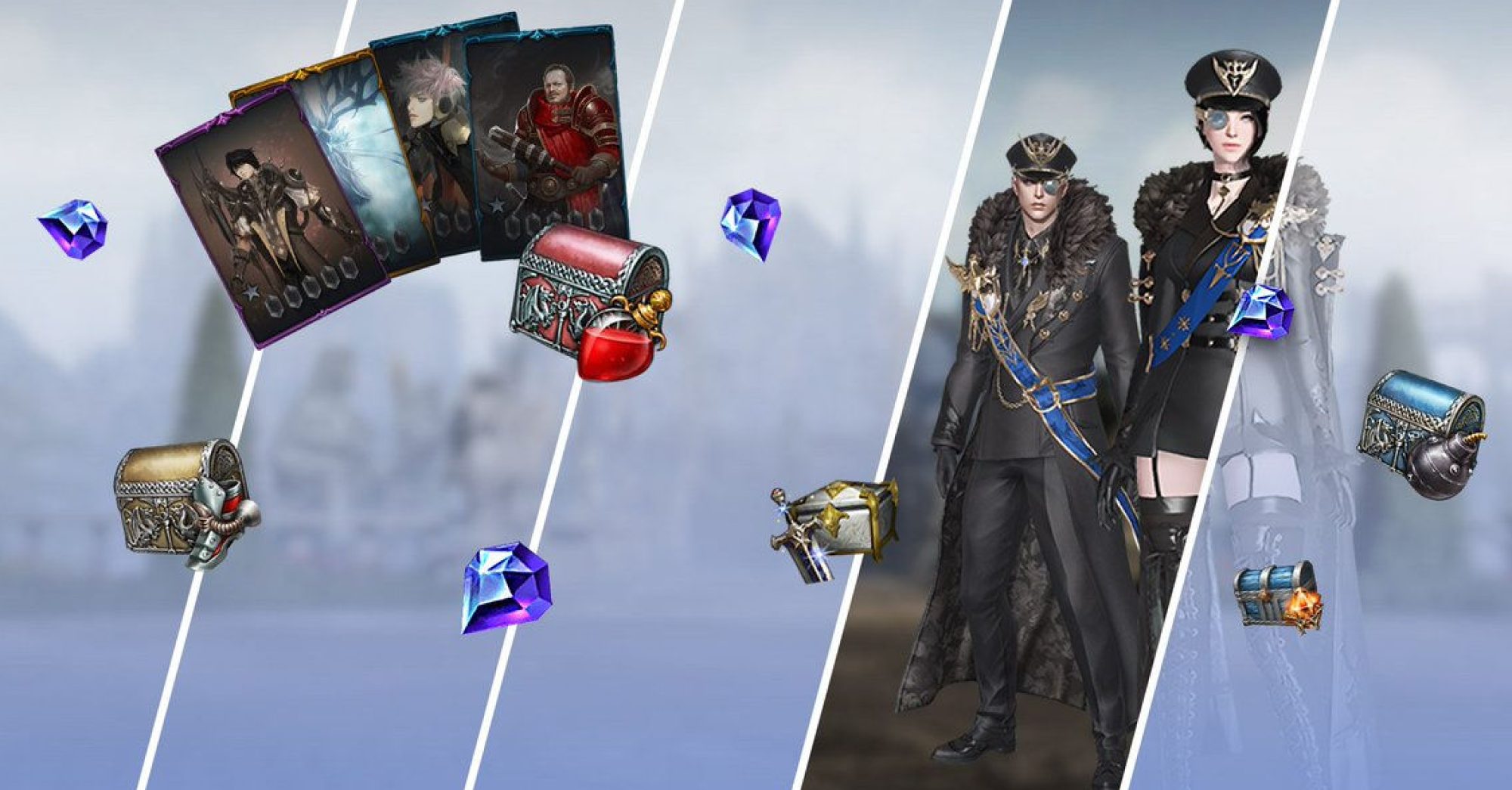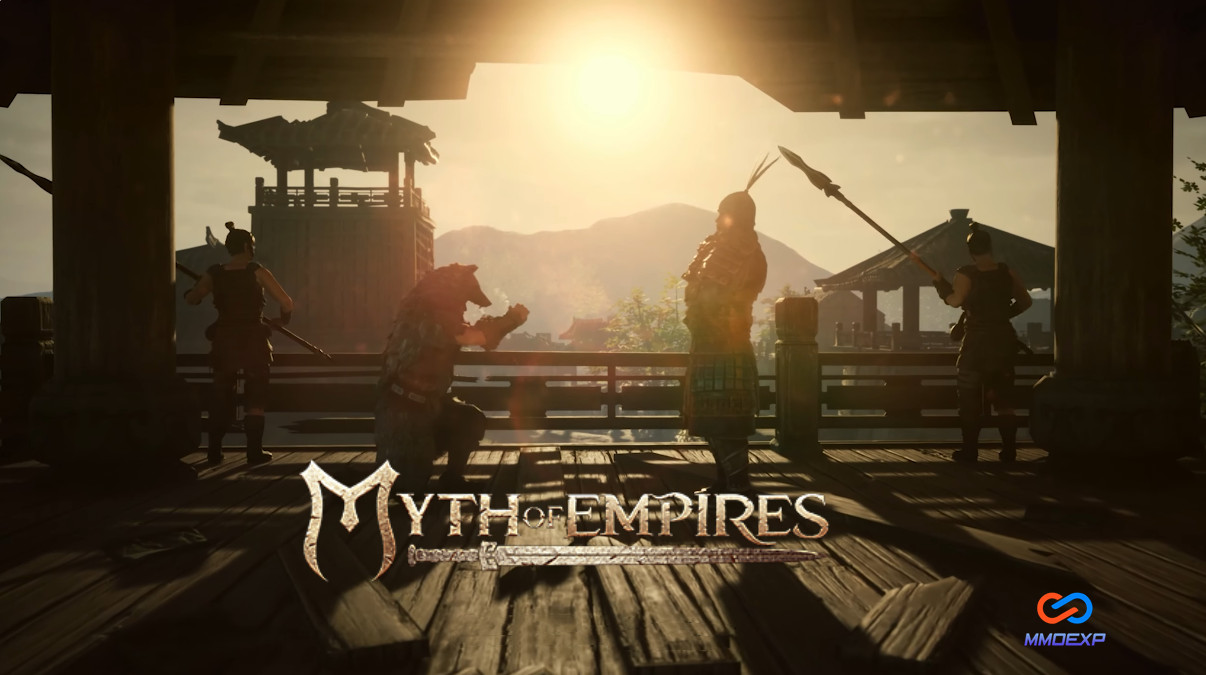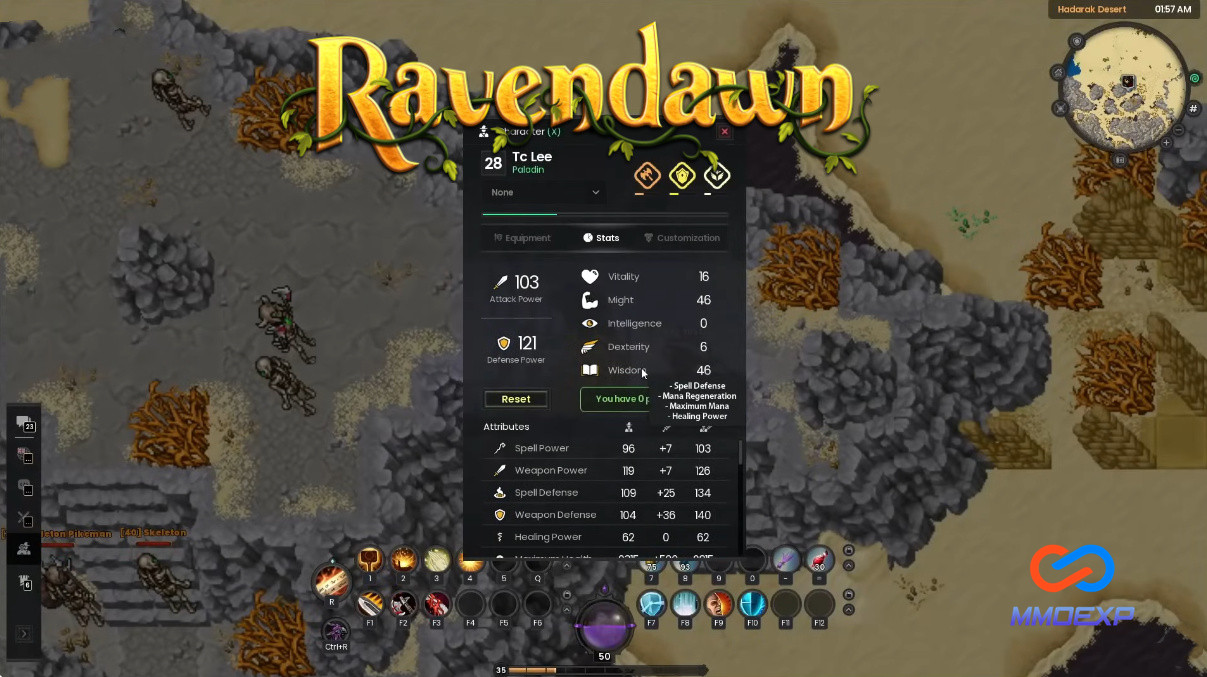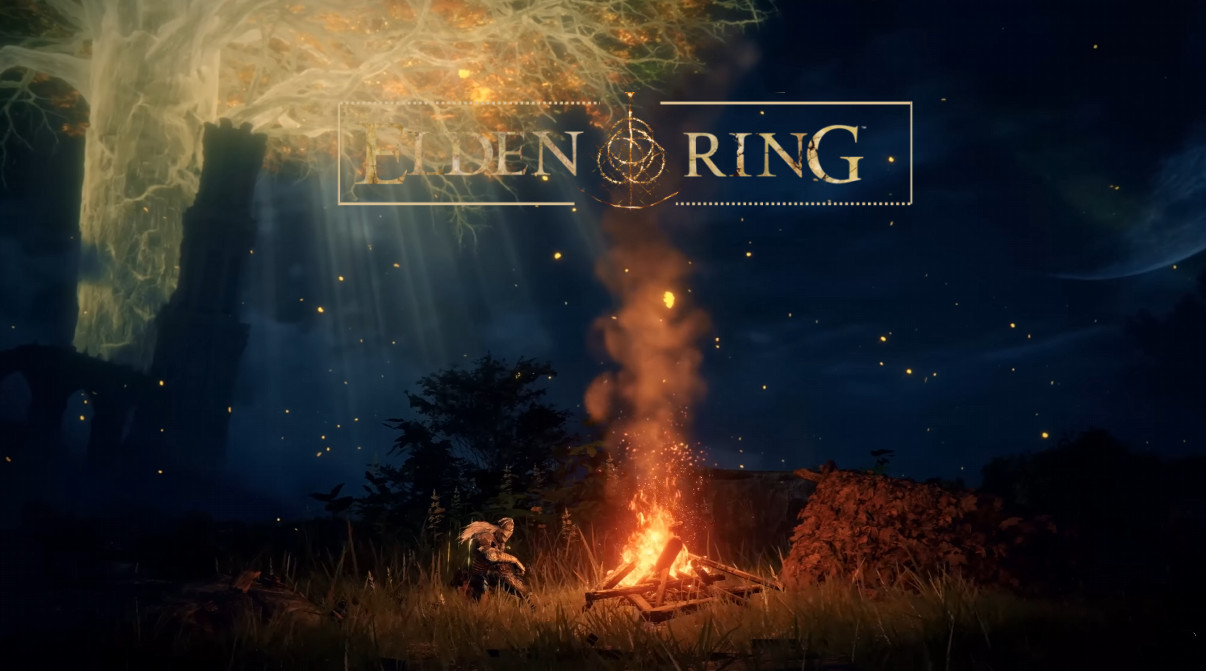Myth of Empires is an immersive survival game where players must strategize and fortify their bases against various threats, including raids from other players. One crucial aspect of base defense is the utilization of towers, which can provide a significant advantage when placed strategically. In this guide, we’ll delve into the mechanics of towers in Myth of Empires, covering their placement, settings, and effectiveness.
Tower Types and Unlocking:
Towers in Myth of Empires come in different types, each offering unique advantages in terms of damage output and range. Players start with simple watchtowers and gradually unlock more advanced variants as they progress through the game. The progression typically involves unlocking upgrades through guild tech, requiring resources and time investment.
• Simple Watchtower: The basic tower available at the beginning of the game, offering modest damage and range. It serves as a starting point for base defense.
• Clay Watchtower: A step up from the simple watchtower, providing improved damage and range. Unlockable through guild tech advancements.
• Masonry Arrow Tower: A more advanced tower with increased damage potential, ideal for mid-game base defense strategies.
• Glazed Tile Arrow Tower: The pinnacle of tower technology, offering the highest damage output and range. Unlocked at later stages of the game progression.
Understanding Tower Placement:
Effective tower placement is essential for maximizing their defensive capabilities. Towers should be positioned strategically to cover all angles of approach to the base. Consider the following guidelines when placing towers:
• Outward Facing: Towers should face outward to defend against incoming threats. Ensure that the frontal arc of the tower covers the desired direction of attack.
• Coverage Area: Design your base layout to ensure that towers provide overlapping coverage, minimizing blind spots where enemies could evade detection and attack.
• Corner Placement: Placing towers at the corners of the base provides optimal coverage and prevents enemies from exploiting vulnerabilities in the defense perimeter.
Tower Settings and Functionality:
Towers in Myth of Empires come with a range of settings that allow players to customize their behavior and target priorities. Understanding these settings is crucial for optimizing tower effectiveness:
• Attack Parameters: Players can specify whether towers target hostile units, neutral units (such as animals), or player units. Additionally, there’s an option to target special structures, such as siege equipment or enemy bases.
• Attack Back: A recent addition to the game, this setting enables towers to retaliate against attackers, prioritizing defense over passive observation.
• Range Adjustment: Players can adjust the range of towers to cover specific areas more effectively. Higher ranges allow for broader coverage but may consume more resources.
Utilizing NPCs:
Players can enhance tower effectiveness by assigning NPCs to operate them. NPCs with high willpower stats are ideal candidates for tower operation, as they can improve damage output. Additionally, NPCs placed in watchtowers can serve as an early warning system, alerting players to nearby threats.
Conclusion:
In Myth of Empires, towers play a vital role in base defense, providing a formidable deterrent against would-be raiders. By understanding tower mechanics, placement strategies, and settings, players can fortify their bases effectively and withstand enemy assaults. Whether it’s the humble simple watchtower or the formidable glazed tile arrow tower, each structure contributes to the overall security of the base. With careful planning and execution, players can create impregnable fortresses that stand the test of time in the harsh world of Myth of Empires.
If you enjoyed this article, be sure to follow MMOexp to explore more ideas and building tips. Buy MoE Copper Coins from mmoexp.com! Safe and Fast, 24/7 online service.






